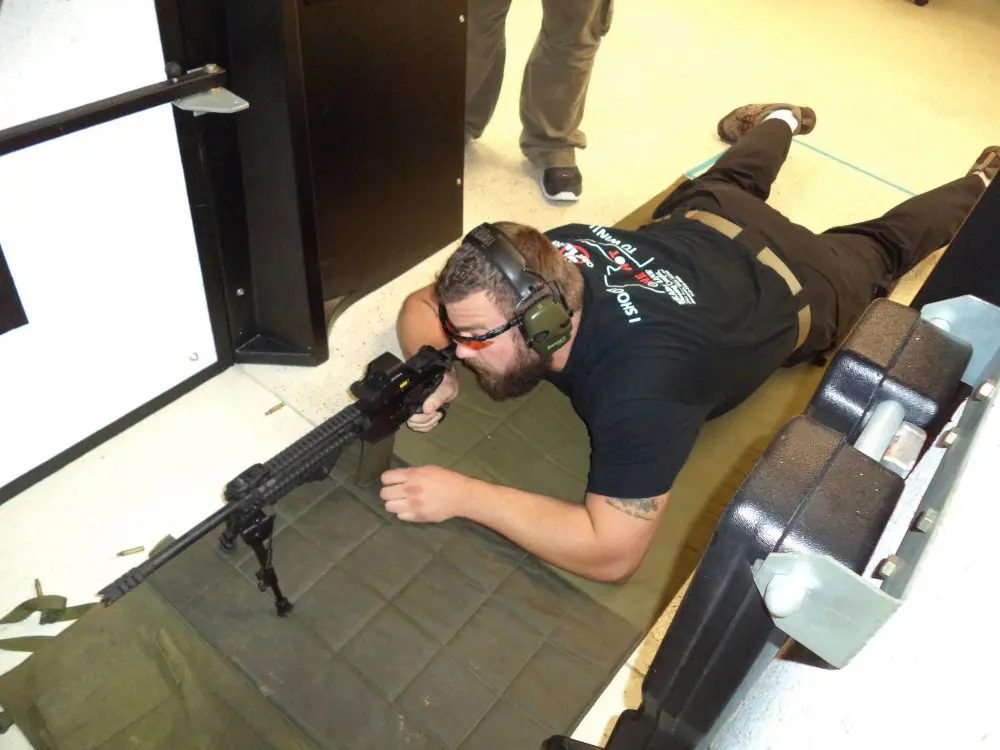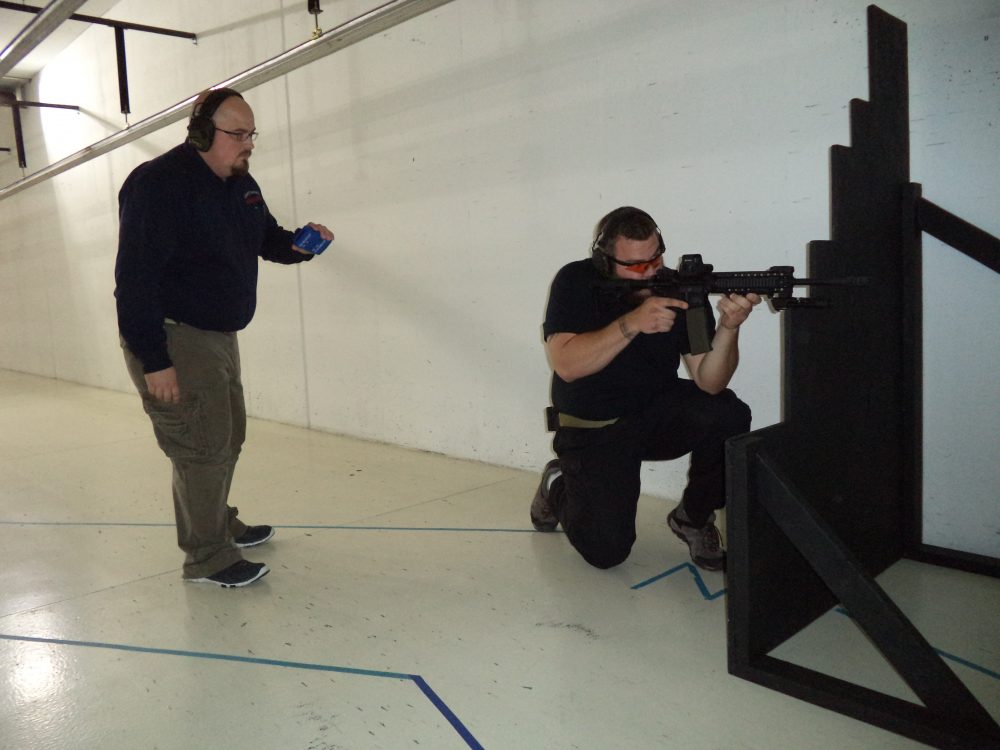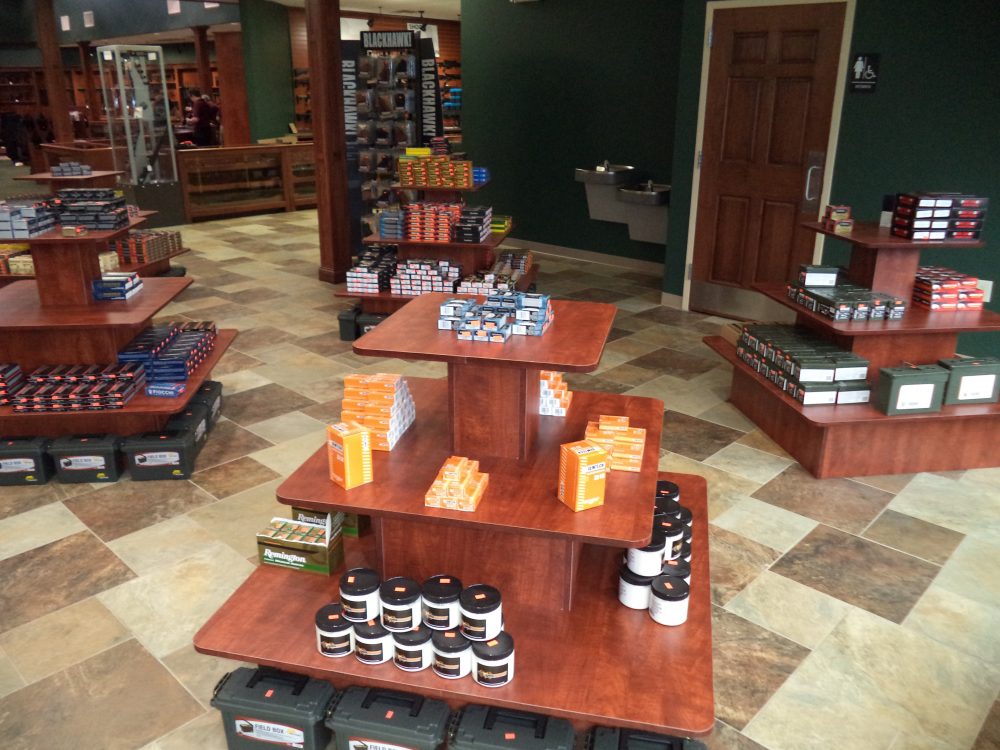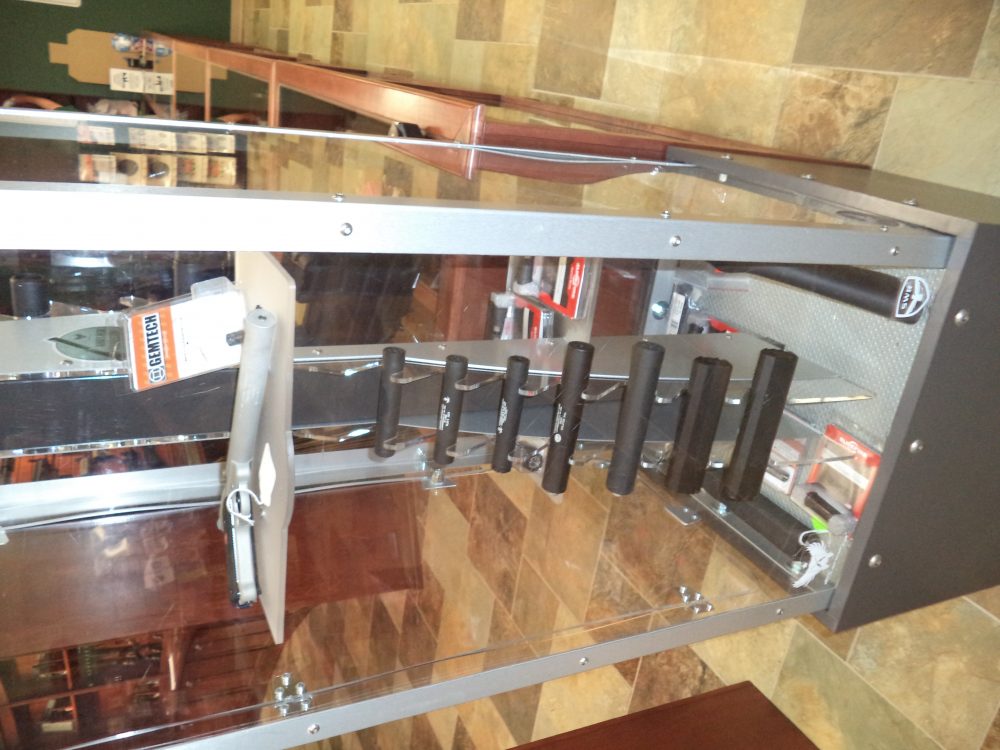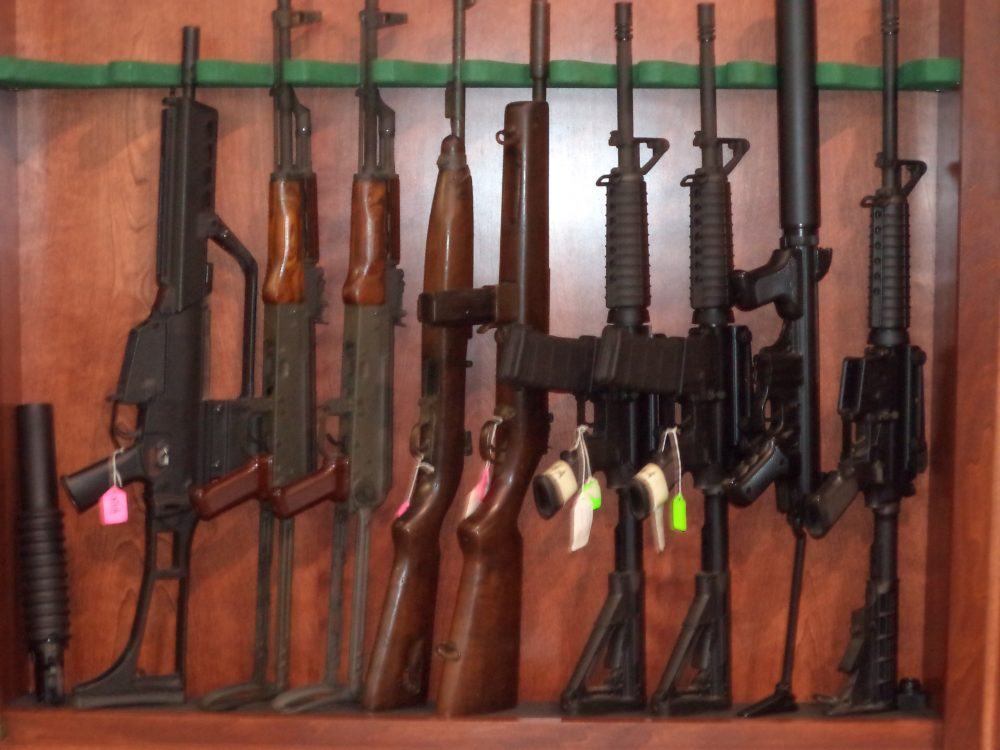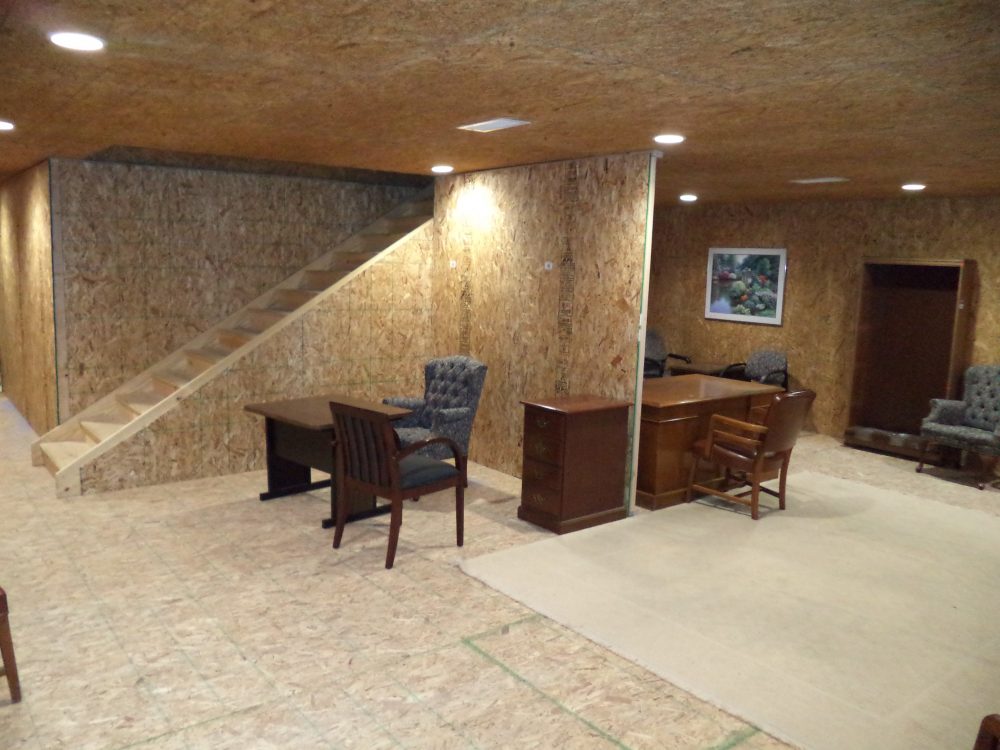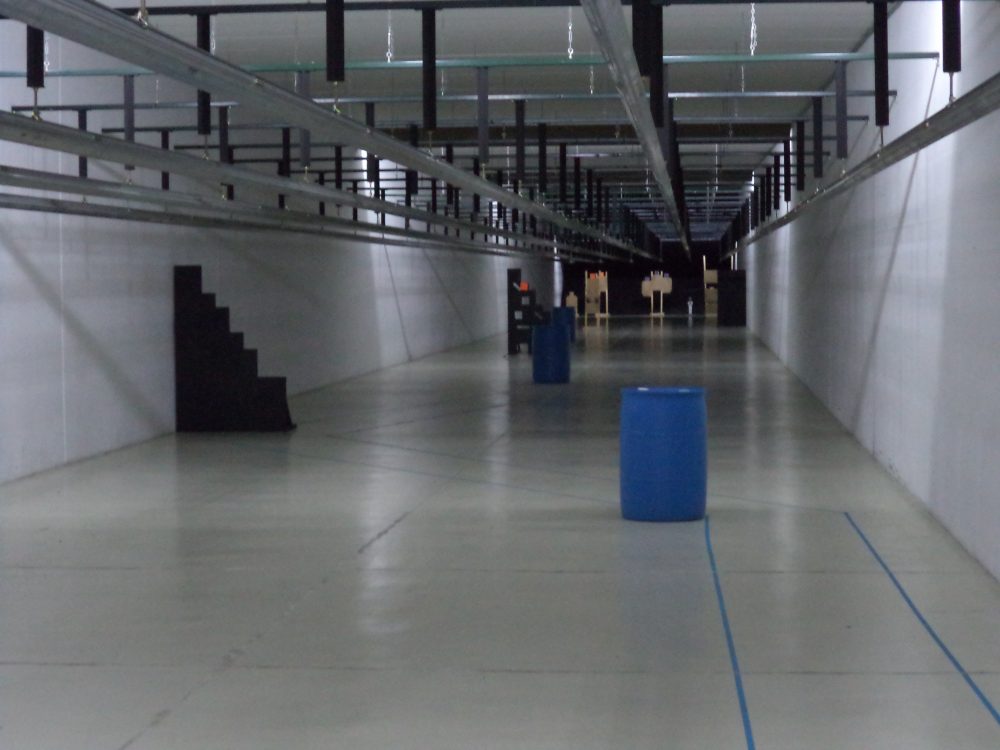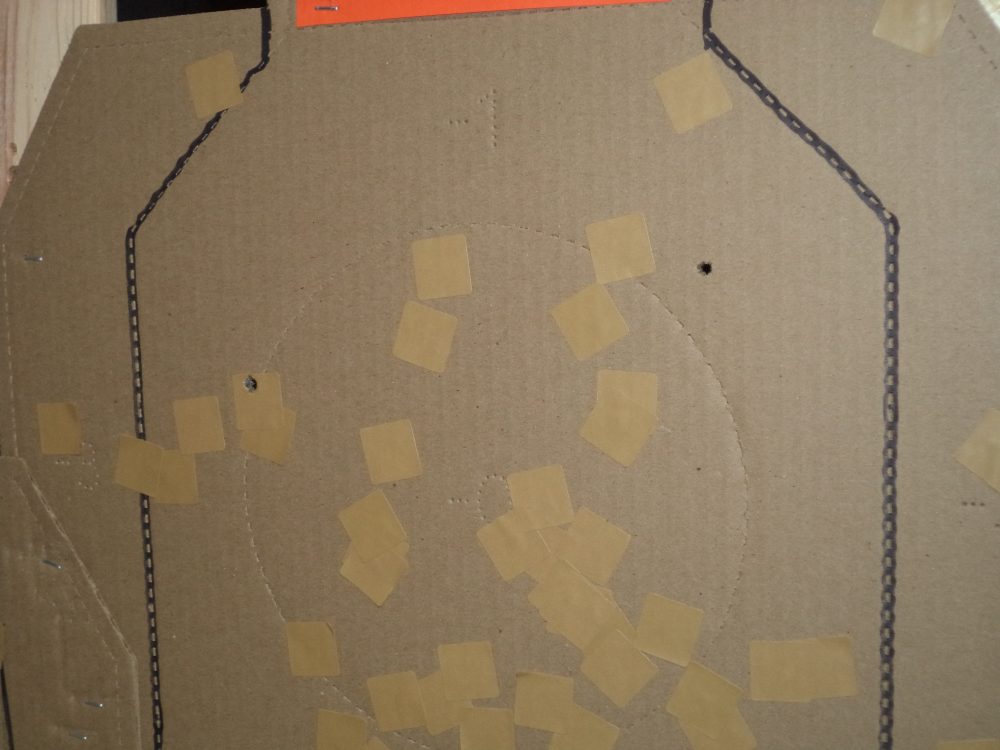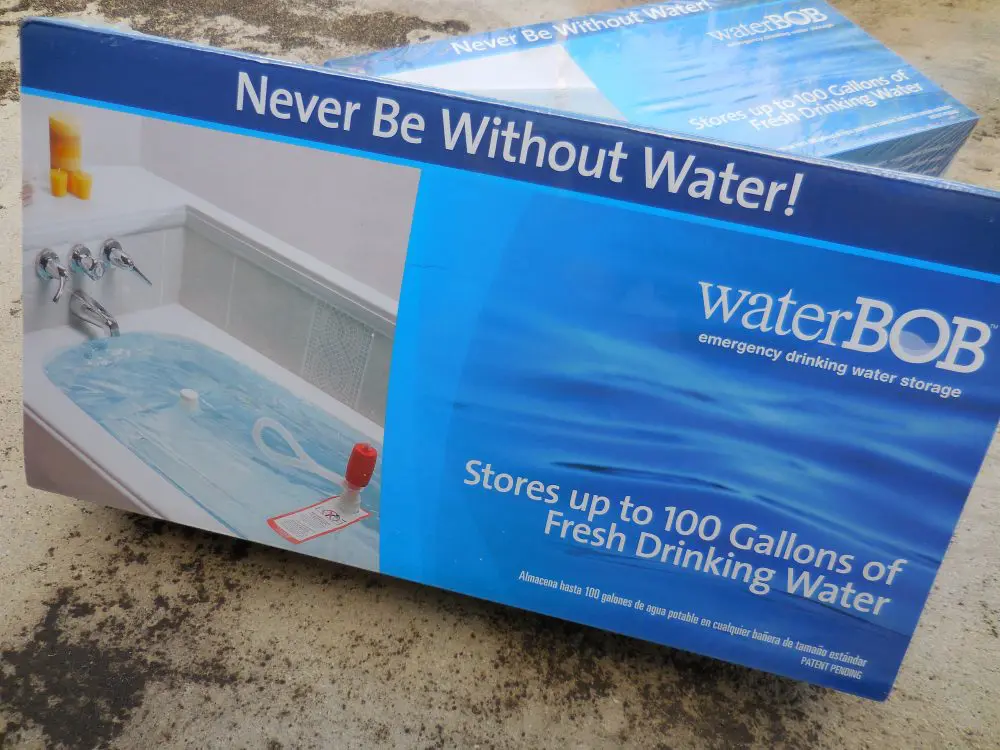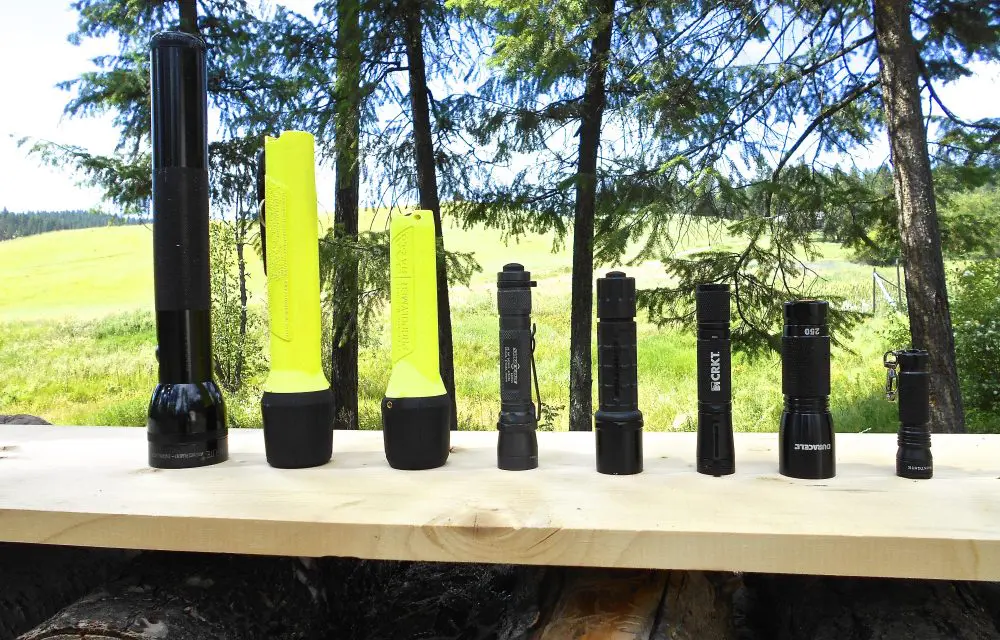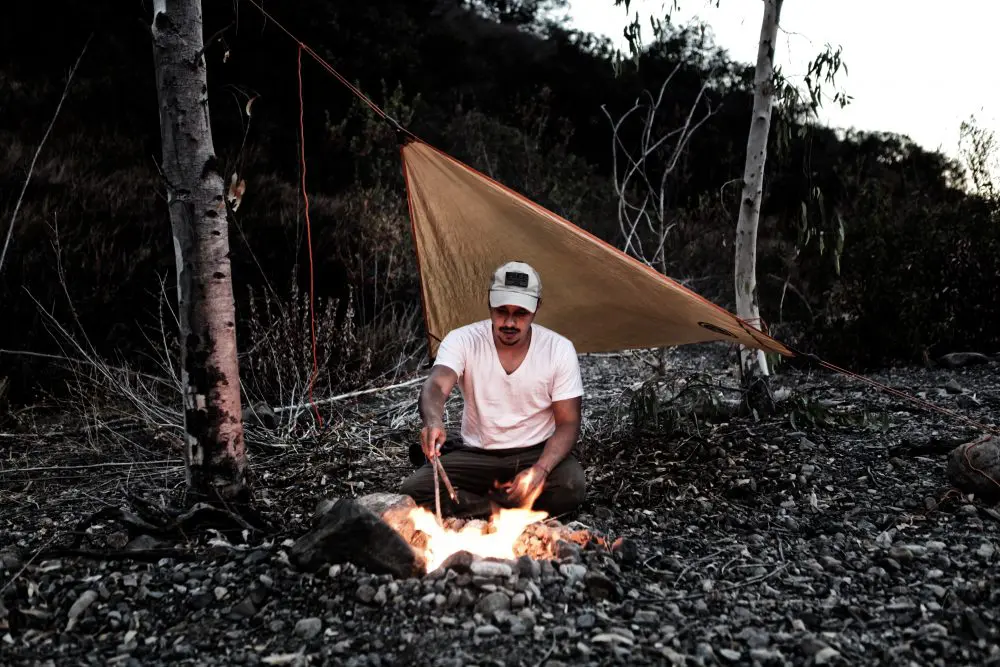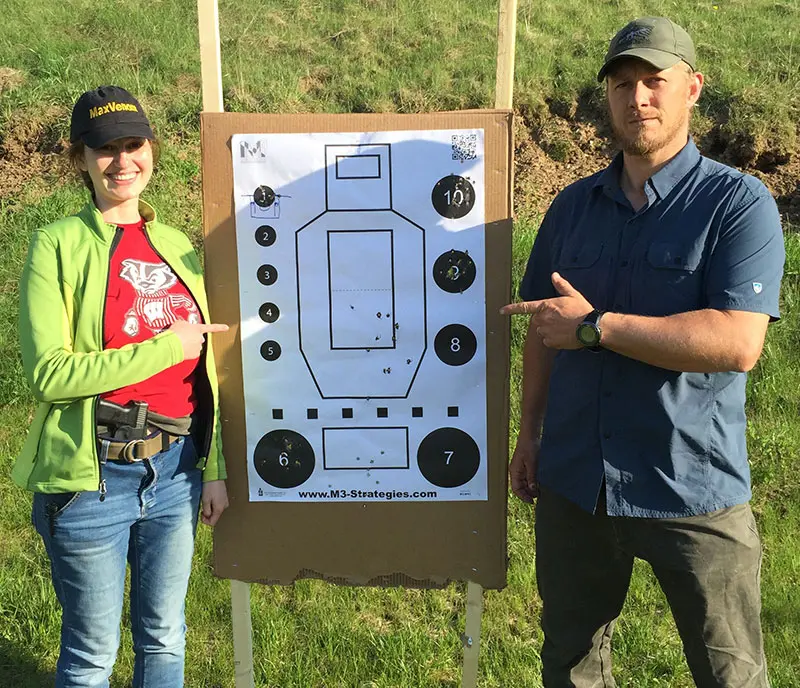What makes S.W.A.T. Magazine different from all others is its laser-like focus on individual preparation for conflict and crisis. It makes no apology for this and is why it is immensely popular.
While reading a magazine will never replace hands-on training, it is a great way to get motivated for “the journey,” which involves task-specific training, meaningful practice, and equipping ourselves based on hard earned and paid for knowledge. The majority of training courses are two to five days—not long enough to anchor needed skills.
Unconventional shooting positions and use of cover are required during Carbine Challenge.
Table of Contents
ANCHORING AND MAINTAINING SKILLS
While debate rages on how many repetitions are needed to truly anchor a skill, I have come to believe it depends on the complexity of the skill and the feedback received while trying to solidify it. For example: guys, how many times do you need to be kicked in the groin before you learn to “cover up”? In my case it was one, and I have been protective of that region ever since. I still remember the junior high girl who taught me this lesson, so intense was the feedback!
Finding task-specific training and needed gear are not problems, but maintaining our anchored skill sets can be, especially if shooting is involved. Range facilities are few and far between, and many people must travel 50 miles or more to practice those all-important “essentials” (known as fundamentals by many) that allow one to be truly combat capable.
Combative skill development takes place on three levels, which should be viewed as a pyramid with one stacked upon another: the essentials, the combative aspects, and the interactive aspects. All three must be trained and anchored to be truly prepared for the fight.
Ammunition is plentiful at Ready Line. There’s no reason to be concerned if they will have your caliber in stock.
The problem is, many public range facilities do not allow the type of shooting needed to keep these skills sharp. The typical public range requires the shooter to stand in a booth, lay the gun on the bench in front of them, pick it up, and shoot no faster than one round every second or two. Drawing from the holster, speed loading, clearing stoppages, movement, and unconventional positions are not permitted. What good is that?
The truth is, these activities create liability on the part of the range, and few facilities want to risk injuries and the lawsuits that will inevitably follow. That’s right, shooters: we are partially to blame in regard to this phenomenon, as our society sues at the drop of a hat for circumstances that are usually our fault! We did something stupid and we blame others for our lack of intelligence and skill.
What is needed is a range facility that looks at this problem with some common sense (even though common sense isn’t common these days) and lets those who are ready to practice these skills do so under supervision, which is certainly reasonable. As it turns out, I was recently invited to a new indoor shooting and training facility that has adopted this very attitude.
Not only are they open to real-world training, they actually facilitate such training, as well as hosting just about every popular shooting discipline. The Liberty Station Ready Line Shooting Complex is just outside Cincinnati, Ohio and is one of the largest indoor facilities in the world.
Ready Line offers a full line of suppressors for both handguns and long guns.
MAKE READY!
How the name Liberty Station Ready Line came to be is an interesting story. Ready Line owner Chris Roma founded his gun business in his basement before moving to a regular storefront. The former Navy vet and Sheriff’s Deputy started thinking big four years ago when he first envisioned the facility.
Chris’ Dad, who has since passed away, said the ground Ready Line currently sits own should be a “location where personal liberty can be celebrated,” thus the property is known as Liberty Station, while the building itself is Ready Line in honor of the military line where troops wait to advance to the firing line.
Ready Line is 40,000 square feet and encompasses a well-equipped gun store, lounge complete with fireplace, outdoor deck overlooking the Little Miami River, locker and gun-cleaning equipped ready room, two-story Simunitions shoot house, plush conference room, two classrooms, two 100-yard ranges, and three 25-yard ranges.
All firing ranges have independent air that is of better quality than the outdoor air, due to a high-tech air exchange system. Unlike many indoor ranges, there is no smoky air due to gunfire, because all the air is sucked out and recycled in 30 seconds. All ranges have ground rubber backstops.
Battle rifles and carbines are in supply at Ready Line. If it’s available from the manufacturer, Ready Line probably has it.
Touch-screen-operated Meggit computerized target systems are utilized. Each target is capable of a 360-degree range of turn, and each firing lane is equipped with individual LED lighting that can be adjusted to the shooter’s preference. The lights can also be set up to flash in such a way that they simulate incoming gunfire. The cost of the entire facility was just shy of $7,000,000.
Range Manager Jeremy Wharff also acts as the competition coordinator for the many events sponsored at Ready Line. Ready Line has 25 full-time employees, who include sales personnel and range safety staff. He said, “We pride ourselves that our people are friendly and inviting. There are no range Nazis here to insult our customers.”
At the same time, sales staff is advised not to act like they know everything. “If we don’t know the answer to a question, we make it our business to get an answer,” Wharf stated. There are also two part-time gunsmiths who undertake small chores such as sight changes and parts replacement. “There is no milling operation here—yet,” Jeremy added.
As for competitive events, Ready Line sponsors IDPA, Well Armed Women (a women’s-only self-defense class), the Carbine Challenge, Glock Shooting Sports Foundation, and a weekly steel shoot based on The Steel Challenge. Other events will be added as demand develops.
Sims shoot house is equipped with furniture and other impediments to open movement.
TRAINING
As much interest as Ready Line takes in offering shooting sports to their customer base, they also take combative training seriously. Tom Synan, a cop, former Marine and owner of CBA Training and Consulting, offers instruction in basic handgun, basic carbine/rifle and intermediate handgun/carbine.
C.J., a 20-year veteran U.S. Navy SEAL, offers instruction in tactical handgun, advanced handgun, tactical carbine/rifle, advanced home defense, and special LE-only courses. Bronze Star recipient and former U.S. Marine Steve Reichert, owner/operator of SRT Training, teaches courses on handgun employment and handgun tune-up. The training cadre is rounded out by Greg Hershey teaching individualized basic self-defense and advanced hand-to-hand combat, and Scott Strauss, who gives basic CCW courses.
All in all, Ready Line has just about everything a person could want in the combative arts. Contact Ready Line for course schedules.
Ready Line backs up this impressive training cadre by allowing shooters to practice real-world skills on their ranges. Jeremy Wharff stated, “As long as the shooter can show the range officer they know what they’re doing, we have no problem with a shooter rapid firing, drawing from the holster, kneeling, going prone, speed loading, clearing malfunctions, or any other combat-related skill—again, as long as the on-duty range officer is satisfied with their skill level. Safety is still paramount!”
Wharff continued, “We certainly want to be a safe, family-friendly environment, so we monitor shooter activity closely, but we also understand the need people have to prepare to protect themselves.”
Carbine Challenge takes place on one of two 100-yard ranges.
CARBINE CHALLENGE
While I was on-site at Ready Line, the weekly Carbine Challenge took place and I decided to give it a look. While a recent injury kept me from shooting (though after watching a few runs, I really wanted to), watching the competitors still proved instructive.
The Challenge is held on one of the 100-yard indoor ranges and the course of fire consists of:
- Station 1: Standing with the carbine locked open, empty magazine lying on the ground next to the gun. On the beep, the shooter goes prone, loads the weapon and tries to knock over an eight-inch center mini Pepper Popper.
- Station 2: Shooter gets up from prone and runs to the 75-yard line, where they shoot kneeling from behind a stair-step barricade, two shots to the A or B Zone of an IDPA target.
- Station 3: Shooter runs to the 50-yard line where, from standing, he places two rounds on a target 50 yards downrange and a target 25 yards downrange that has a hostage target in front of it. Both shots need to impact the A or B Zone of an IDPA target.
- Station 4: Run to the 25-yard line and, from a standing barricade, place two shots on each of three targets with A or B Zone hits required.
- Station 5: Run to the ten-yard line and place one round to the head of two targets that are mostly covered.
This course is as quick as the shooter can get their hits, with the record time being 43.82 seconds by U.S. Army veteran John Langenheim, a Ready Line Safety Officer who has time in both Afghanistan and Iraq with a Stryker Brigade. John ran the course in 45.20 seconds while I watched.
Competition starts with shooter going prone, loading up and engaging a steel target at 100 yards.
The Carbine Challenge is designed to promote safe weapons handling while reinforcing dynamic real-world weapon skill, firing while stressed and winded from unconventional positions and cover, and from the off-side.
Many shooters use the Challenge to see what gear works and what doesn’t. Wharf said many shooters show up with all kinds of cool accessories mounted on their guns, only to find they do not help performance, and one by one each of these accessories comes off the gun and goes into their range bag.
Shooters are encouraged to use their street gear, including chest rigs, optics and other kit, but in the end most discover the only things they really need are sights, lights and a sling. It’s amazing what a little bit of stress will do when trying to manipulate gear that looked good in the showroom but doesn’t help so much when the hands are shaking and it’s hard to breathe.
Only A and B Zone hits are scored the same in Carbine Challenge. These would likely be fight-stopping hits on an adversary in a carbine fight.
WRAP UP
Ready Line is one of the largest indoor shooting facilities in the world. While it’s difficult to pin down which is the largest due to varied facilities, it really doesn’t matter as long as the facility has what you’re looking for.
In the case of Ready Line, it’s hard to imagine what else could be needed, with possibly the exception of a live-fire shoot house. But stay tuned—I hear they’re working on that!
Dave Spaulding is a retired law enforcement officer with 30+ years’ experience. He has authored numerous articles, books and training videos, and is the owner/operator of Handgun Combatives LLC, a training company focusing on the “combative application of the handgun.”
SOURCE:
Liberty Station Ready Line Shooting Complex
(513) 233-0885
www.readylineonline.com
